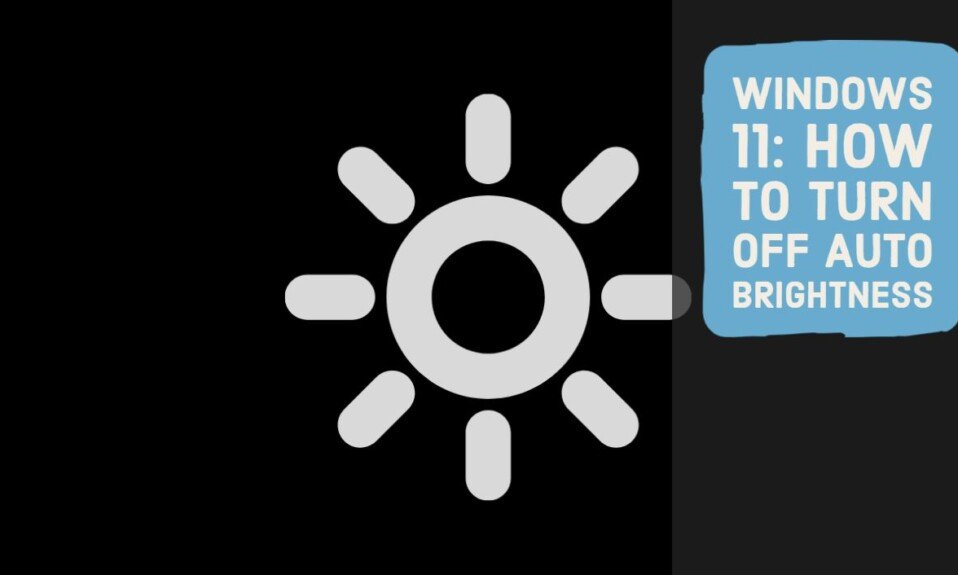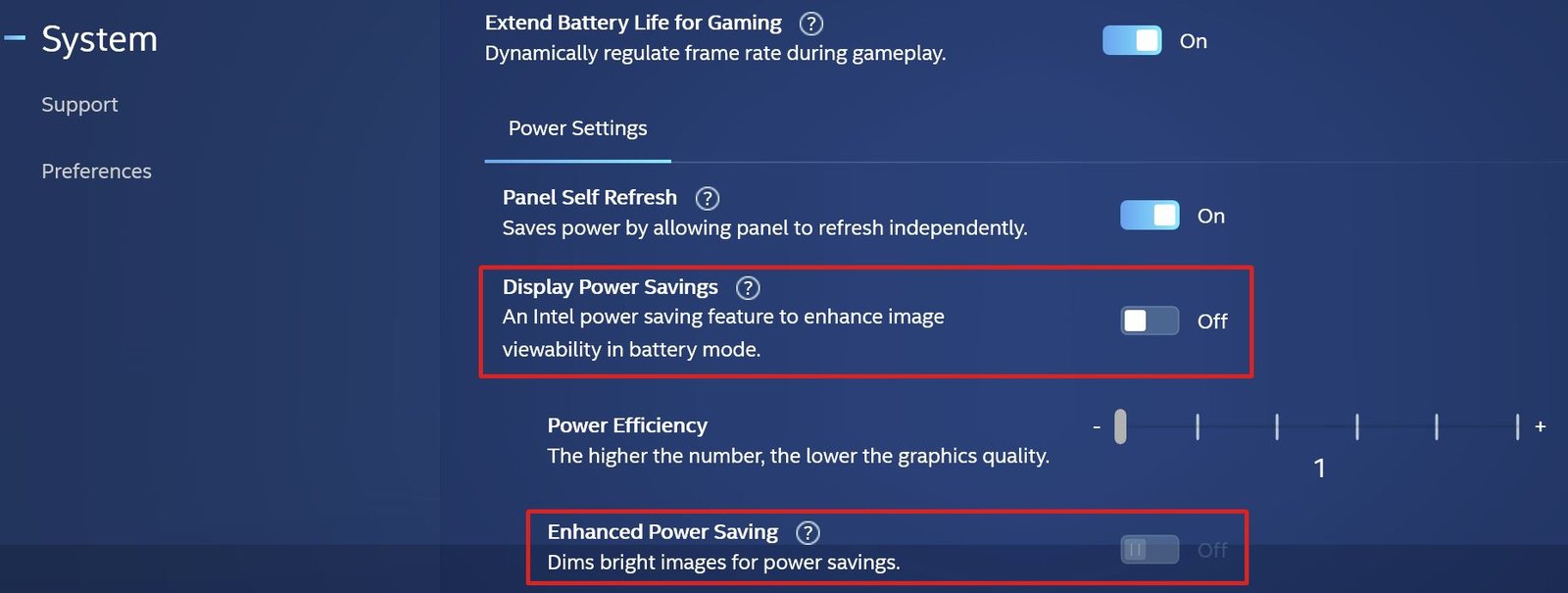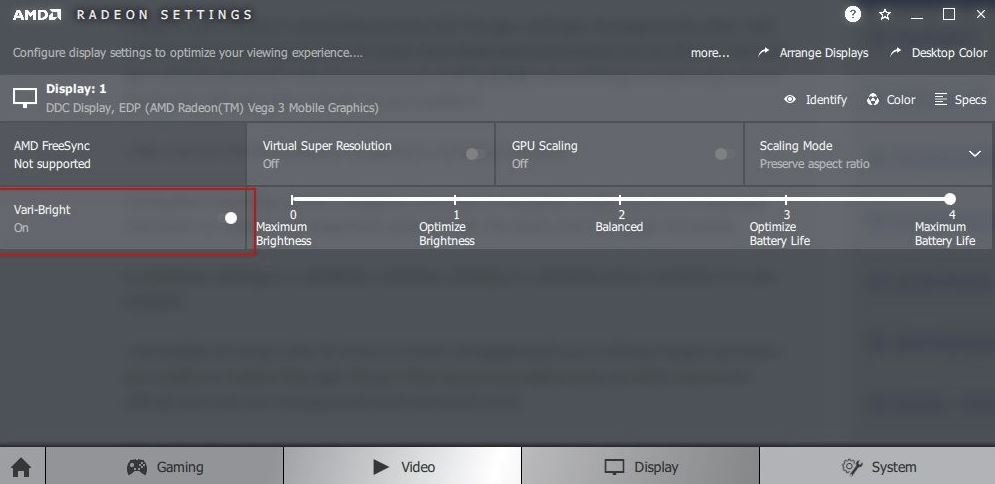The intelligent brightness control varies according to what the screen shows.
Today’s laptops are incredibly complex in terms of technologies, functionality, and features, with complex cooling systems and tons of internal components crammed perfectly into the smallest possible space. Each brand designs the exterior of its laptops to be attractive. Still, utilities and technologies are also worked on to improve the user experience. It is common for many of them to go unnoticed and other utilities of the operating systems. Especially now with the arrival of Windows 11, which we can install following this guide or if we don’t want to use a Microsoft account this other one, to discover all its new functionalities.
Adaptive brightness; we all know that laptop screens have adjustable brightness and that it can be controlled from various options in Windows, but not everyone knows that in recent years it has been done most popular a new way to adapt the brightness according to what is displayed on the screen.
This works by identifying the brightness of the content being displayed, and if it’s mostly light, the brightness is raised or left the same, and if it’s primarily dark, it’s lowered to save battery life.
This battery-saving technique began to be seen a few years ago in some models that included it in manufacturer utilities, as may be the case with some high-end Dell laptops. Still, it is currently included in most laptops as standard, and its control will depend on the graphics card of each laptop.
How to disable automatic brightness in Windows 11
Currently, we can find this technology in almost all new laptops with Intel or AMD CPUs, known by the name of “Display power saving technology“. To control it, we will have to go to the respective control panels of the integrated graphics of the CPU, so if we have a laptop with separate dedicated graphics either from Nvidia or AMD, we will not find the settings for this technology there.
If this technology is uncomfortable for us or we want to deactivate or activate it on our computer, then we will explain how to do it, be it our Intel or AMD CPU:
- Ensure that we have the integrated graphics drivers installed and updated: as we have just said, these technologies depend on those drivers, so we will have to install or update them to get the most out of the technology.
- Entering the drivers: This can be done by right-clicking on the desktop and going to “ Radeon Settings ” for AMD or “ Graphics Command Center ” for Intel, or you can also search for their names in the Windows search engine.
- Find the setting: in the case of Intel we will have to go to the system and there to the energy section , where the information about our battery will appear and below the adjustment on the automatic brightness.
- Modify the setting: once we are there, we can see that we have various degrees of action of this technology for battery saving in both Intel and AMD. If we want to leave it activated, we can play with the different degrees, and if we want to deactivate it, it will be enough to deactivate the switch of the battery saving options in Intel and that of the Vari-Bright in AMD.
How to activate automatic brightness depending on ambient lighting
You can also control the brightness of the screen without referring to what is shown on it from Windows, even some computers incorporate ambient light sensors and can control it automatically, in which case if we want to activate or deactivate this function either in Windows 10 or 11 we can follow these steps:
- Enter the screen settings: we can do this easily by right-clicking on the desktop and clicking on the screen settings option.
- Configure the brightness: on that page, at the top, the option to activate and deactivate the automatic brightness and manually regulate the brightness of our screen will appear.
Pros and Cons of automatic brightness control systems
The main objective of these technologies is to reduce battery consumption and increase its duration, which is why they can be seen on laptops. Still, sometimes it can be uncomfortable to have them activated, especially if we make many changes between applications with light and dark backgrounds or if we are moving around with the laptop, switching between bright and dimly lit spaces.
On the other hand, we are saving the battery by having it activated. At the same time, we use our computers since, for laptops that are not Gaming and are more focused on work, the screen will be one of the pieces that consume the most energy in its everyday use. By intelligently regulating the brightness, you can get extra battery time. Each one will have to decide if these automatic changes in brightness bother you or you can live with them on your computer.






